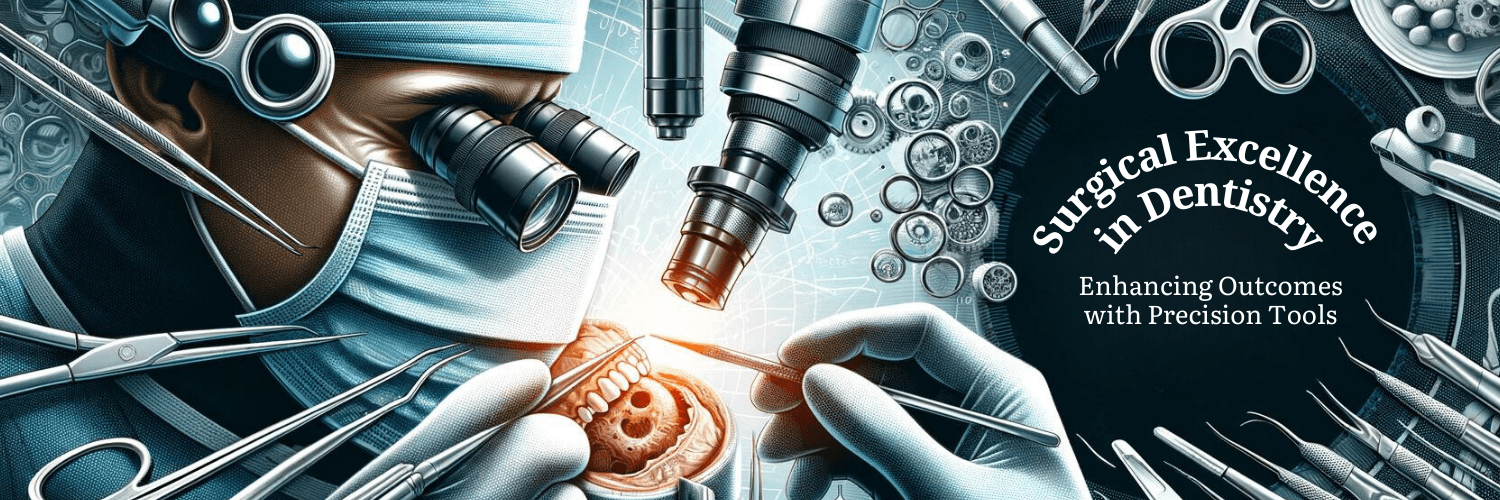Infection Control in Daily Dental Practice – Complete Guide
The rise in the frequency of transmissible diseases has sparked worldwide concern and influenced dental practice. Dentists are involved in treatments that involve blood, mucosa, or blood-contaminated body fluids, such as saliva. To prevent cross infection, it is critical to adopt universal measures such as treatment gloves, masks, protective glasses, PPE Kit, plastic barriers to protect equipment, and thorough disinfection and sterilization.

These precautions can help to avoid disease transmission from one patient to the next, as well as from a patient to a dentist and vice versa. The dental clinic must not serve as a hub for disease transmission.
Risks Associated with Compromised Infection Control in Dental Clinic:

In daily dental practice infection control are the measures taken before, during, and after any dental procedure to guarantee a patient’s health and safety. If measures are not properly followed it may lead to:
- Transmission of Air-Borne infection
- Transmission of Bacterial infections e.g. mycobacterium, tuberculosis, pseudomonas etc.
- Transmission of Viral Infections e.g. Hepatitis, Herpes, Polio, Influenza, SARS, MERS
- Blood Borne Contamination
- Contamination from patient’s saliva and oral fluids
- Accidental puncture of contaminated needle
Basically, the risk of transmission is determined by the amount of pathogens transmission, the pathogen’s severity, the frequency of exposure to infectious material, and the status of the host immune system.
Dental practitioners have a legal, ethical, and moral obligation to protect patients and staff from infection as healthcare providers.
Infection Control Measures:
Infection control is critical in the dental office for the safe and effective treatment of patients. Sterilization protocols for dental instruments aren’t just sensible idea; they can also protect avert disease. Infection control measures are as follows:
- Hand Hygiene: The World Health Organization (WHO) recommends this as the most important protective step against infection control for dental practitioners. It should be done both before and after coming into touch with the patient.

- Personal Protective Measures: A surgical gown, foot cover, gloves, face mask, and face shield are included to help prevent disease transmission inside the clinic. Gloves and surgical gowns create an adequate blockage and prevent bacteria from the patient’s bodily fluids from passing through. Masks and face shields, meanwhile, are efficient in preventing the spread of airborne contaminants.

- Use of Rubber Dam: Rubber Dam separation effectively reduces the risk of aerosol cross contamination, particularly when high-speed handpieces and scalers are utilized.

- Use of dental handpiece with Anti-retraction valve: An anti-retraction valve is strongly suggested to prevent cross-contamination of the handpiece’s air and water lines.
- Cleaning & Disinfection: A dental clinic’s waiting area could include potentially contaminated surfaces. These should be disinfected on a regular basis with EPA-approved disinfectants. After the procedure, disinfect the dental chair, dental light, scaler, light cure unit, endo motor, apex locator, and other equipment.

- Sterilization: All microorganisms, vegetative spores, and viruses on the surface of used dental equipment are killed during the sterilization process, lowering the risk of cross-infection. The steps to effective sterilization are:
All microorganisms, vegetative spores, and viruses on the surface of used dental equipment are killed during the sterilization process, lowering the risk of cross-infection. The steps to effective sterilization are:
- Using an Ultrasonic Cleaner to disinfect the instruments
- The packaging of the instruments ensures that they retain their sterility until they are reused.
- For the most effective sterilization, use a B Class Autoclave with a vacuum cycle.
- To avoid contamination, sterilized instruments should be stored in a UV chamber.
Medical Waste Management:

Dental waste should be properly disposed of and tagged with biohazard symbols to ensure that it does not become a source of contamination for the patient, dental practitioner, or employees.
Equipment for Proper Infection Control:
In a dental clinic, equipment that aids in preventing cross contamination between patients and transmission of bacterial or viral infections to healthy individuals is essential. Ultrasonic cleaners, Runyes Feng 23L B Class Autoclaves, UV Chambers, and Dental Sealing Machines are among the equipment available in Unicorn DenMart from reputable global brands.
Conclusion:
The primary goal of these safety regulations is to prevent and regulate contamination. Appropriate controls must be instated by dentists to reduce the generation of contaminated spatter, mists, and aerosols. It is critical to handle contaminated needles and other sharp objects with care and dispose them properly. All employees must be trained in infection control procedures to be used in the instance of an exposure. Infection control guidelines must be prepared for each practice. To avoid contamination of water and food, proper dental waste treatment is also required.
It is the responsibility of the practitioner to plan a comprehensive process to minimize contamination transmission and to form a secure environment for their patients and staffs.









Leave a comment